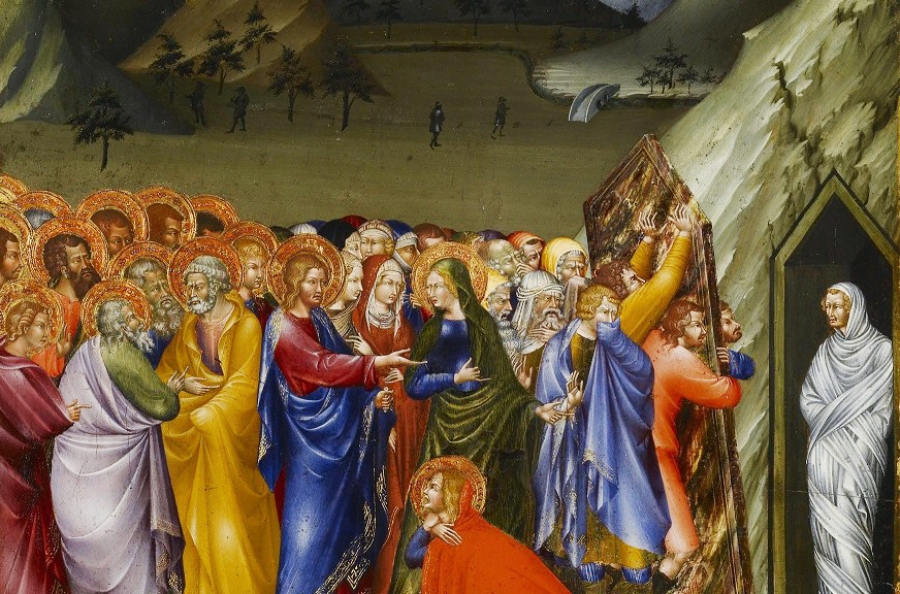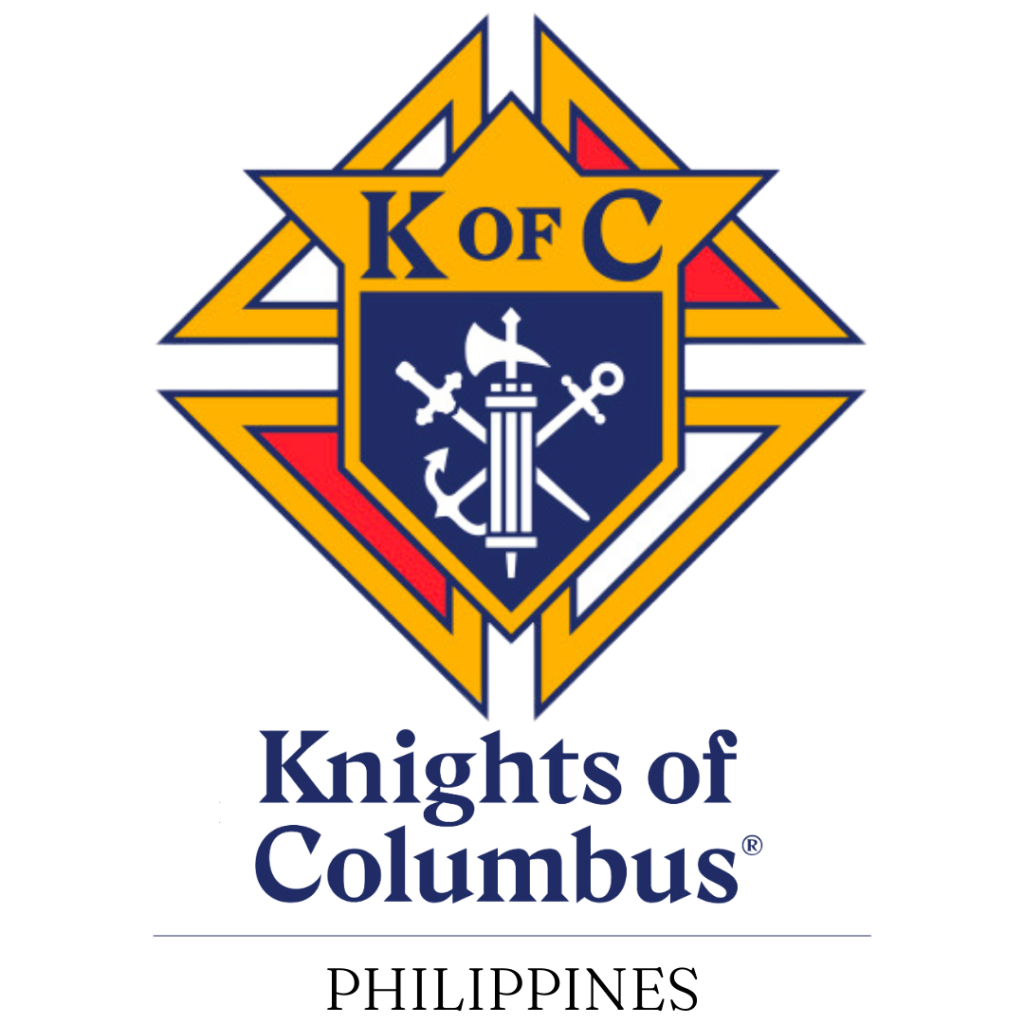
A preview of Easter and our Resurrection


5th Sunday of Lent, Year A (John 11:1-45)
April 2, 2017
By Fr. Sal Putzu, SDB
Deeply rooted in the heart of every human being lie the aspirations to be happy and live for ever. But these aspirations are continuously frustrated by suffering, and especially by death. It is death, more than any other unpleasant event in our existence, which shatters our deepest yearning for life and happiness. All men, even the richest and most powerful have to surrender. All are made equal in the squalid kingdom of those struck by death’s merciless blow.
Nowadays, the progress of technology and medicine have pushed back the boundaries of death. Some even dare to think that, one day, death will be postponed almost indefinitely by “replacing” the defective or worn out parts of our bodies. While this is a poor illusion, it does show man’s innate desire to live forever.
Such desire, however, can be satisfied not by man’s “grabbing” life at all costs, but only by God’s granting the fullness of life that has its ultimate source in Him. This gift of “life beyond death” and “despite death” is offered to all in Jesus Christ, the “buster of death.”
With the coming of Christ, however, the power of death was challenged and defeated. Thrice, during his apostolic ministry, did Jesus challenge the power of death by calling back to life two young people who had died (see Mk 5:38-42 and Lk 7:11-15), and his friend Lazarus (See today’s Gospel text.)
The first two instances of resuscitation left people astonished and overjoyed. The most spectacular of all, however, was the resuscitation of his friend Lazarus, who had been in the tomb for four days. No one could speak of “apparent” death in that case. And while everybody thought that Jesus had arrived “too late” and that his visit to the gravesite was only a belated homage to a friend now gone forever, he proved that he had absolute power over death.
When Lazarus came out of the tomb at the command of Jesus, a great desire was granted. Not just the petitions of Martha and Mary, but the yearning of all men who could now look forward to a final victory over death. (See Jn 11:1-44.) A day will come, in fact, when all tombs will be left empty, thanks to the life-giving power of the Spirit (see today’s First Reading) and to Christ, “the firstborn of the dead.”
All the three readings of today speak of resurrection and new life. The First Reading promises new life for the people of Israel, after the desolation of the Exile, through the power of God’s Spirit. The calling back to life of Lazarus four days after his death exalts the life-giving power of Jesus, even as it foreshadows also his own resurrection. Both episodes are also a preview of the rising to life of the whole of mankind at the end of time, which means the participation of every human being in the resurrection of Christ. This is what St. Paul proclaims, as the object of sure hope, in today’s excerpt from the Letter to the Romans. (See Rom 8:11.) The overall message is: God has created us for an endless life – body and soul – and this He will bring about, despite the apparent triumph of death, as foreshadowed in the resurgence of the people of Israel and the resuscitation of Lazarus, but especially in Christ’s resurrection.
There is also another type of death continuously threatening us: the spiritual death caused by sin. Unlike physical death, our dying to God’s grace is not inescapable. Yet, many of us do, on occasion, die spiritually. But there is also, thanks to Jesus, Lord of Life and Forgiveness—a spiritual resurrection which takes place in us whenever we allow the life-giving strength of the risen Jesus to flow into us and do away with the corruption of sin. It is “resurrection day” for us, too. Then, we experience personally all the power of his Resurrection, and the truth of his promise: “Whoever lives and believes in me will never die” (Jn 11:26).









